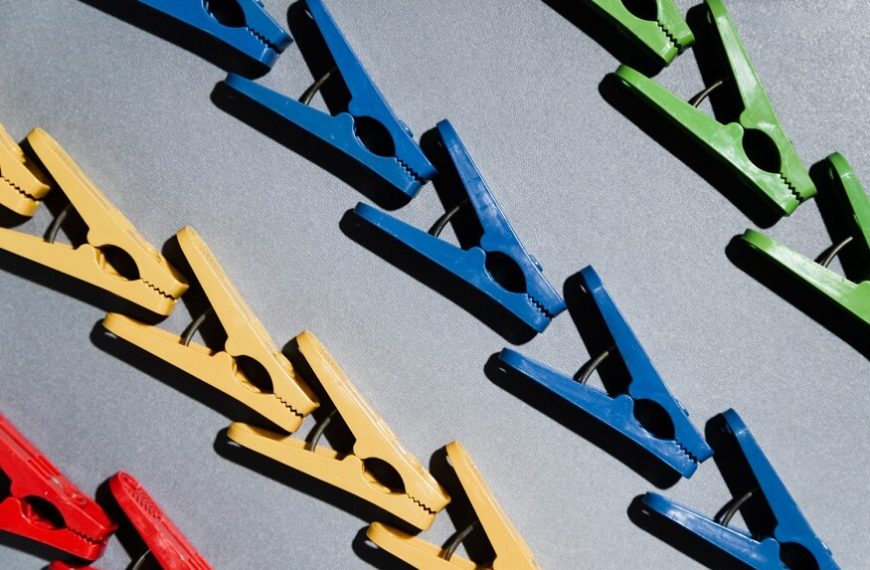In the journey of early education, symmetry emerges as a captivating concept that not only sparks the imagination but also lays the foundation for essential math skills. Engaging preschoolers in symmetry activities not only introduces them to the beauty of balance but also cultivates a fundamental understanding of mathematical concepts. In this comprehensive guide, we’ll dive deeper into the significance of symmetry in early childhood education, exploring a collection of interactive and fun symmetry activities designed to be hands-on and tailored for the curious minds of preschoolers.
The Importance of Symmetry in Early Childhood Education
Symmetry, in its essence, is a fundamental mathematical concept that introduces children to the idea of balance, equality, and geometric patterns. In the early stages of cognitive development, activities centered around symmetry contribute significantly to the acquisition of several key skills:
- Geographical Awareness:
- Fine Motor Skills:
- Cognitive Skills:
- Creativity:
- Mathematical Foundation:
Symmetry activities require preschoolers to visualize and understand how shapes and objects can be mirrored or reflected. This enhances their geographic awareness, a crucial skill for later mathematical understanding.
Hands-on symmetry activities involve tasks like folding paper, arranging shapes, or drawing. These activities contribute to the development of fine motor skills as preschoolers manipulate objects and engage in precise movements.
Exploring symmetry encourages cognitive development by promoting logical thinking and problem-solving. As preschoolers engage in activities that require them to predict and complete symmetrical images, they are exercising their cognitive abilities.
Symmetry activities for kids provide a creative outlet for preschoolers. Whether it’s creating symmetrical art or building structures, these activities foster imagination and self-expression.
Understanding symmetry lays the groundwork for more advanced mathematical concepts in the future. It introduces children to geometric principles, setting the stage for broader mathematical understanding.
Deeper Exploration of Symmetry Activities
- Mirror, Mirror on the Paper:
- Butterfly Symmetry Painting:
- Symmetry with Nature Walk:
- Interactive Symmetry Drawing:
- Playful Symmetry with Shapes:
- Mirror Me Dance:
- Building Symmetrical Structures:
- Symmetry Snack Time:
- Symmetrical Collage Creations:
- Symmetry in Our Faces:
Provide each preschooler with a small handheld mirror. Encourage them to explore symmetry by holding the mirror against various objects and observing the reflected images. This hands-on activity not only introduces the concept of symmetry but also enhances visual perception and fine motor skills.
Fold a piece of paper in half and place a few drops of paint on one side. Press the paper together and unfold it to reveal a symmetrical butterfly pattern. Preschoolers can explore color mixing and symmetry simultaneously, creating vibrant and visually appealing artwork. This activity goes beyond symmetry and introduces concepts like color blending.
Take preschoolers on a nature walk and collect leaves, flowers, or small twigs. Back in the classroom, unfold a large sheet of paper and invite the children to create symmetrical art by arranging their nature treasures on one side and folding the paper to create a mirrored image on the other. This activity not only incorporates nature into the learning process but also reinforces the idea that symmetry exists in the world around us.
Engage preschoolers in interactive drawing by folding a paper in half and drawing a shape or pattern on one side. Encourage them to predict and complete the symmetrical image on the other side. This activity enhances cognitive skills, creativity, and an understanding of symmetry. As children participate in this activity, they are not merely observing symmetry but actively creating it, enhancing their sense of agency in the learning process.
Cut out various shapes like circles, squares, and triangles from colored paper. Allow preschoolers to fold the shapes and explore symmetry by matching the sides to create symmetrical designs. This activity not only introduces shapes and symmetry but also encourages tactile learning. The tactile aspect engages multiple senses, providing a holistic learning experience.
Turn learning into a playful movement activity by playing “Mirror Me.” Pair up preschoolers and designate one as the leader. The leader performs simple movements, and the partner mirrors these actions. This interactive symmetry activity not only promotes physical coordination but also reinforces the concept of mirror images. It bridges the gap between abstract mathematical concepts and physical movement, making learning dynamic and engaging.
Provide preschoolers with building blocks or construction materials. Encourage them to create symmetrical structures by duplicating the design on both sides. This hands-on activity not only enhances geographical awareness but also introduces the idea of balance in the building. As preschoolers experiment with creating symmetrical structures, they develop an understanding of equilibrium and balance, fundamental concepts in both mathematics and architecture.
Transform snack time into a symmetry exploration. Cut fruits or sandwiches into symmetrical halves and invite preschoolers to identify the matching sides. This tasty activity combines learning with a practical understanding of symmetry. Connecting symmetry to everyday activities like eating reinforces the idea that mathematical concepts are woven into our daily lives.
Supply preschoolers with a variety of materials like colored paper, feathers, and buttons. Ask them to create a symmetrical collage by placing matching elements on both sides of a folded sheet of paper. This artistic activity encourages creativity and reinforces symmetry concepts. It goes beyond traditional fun symmetry activities, allowing children to express themselves artistically while applying mathematical principles.
Explore symmetry by discussing facial features. Provide mirrors and guide preschoolers to identify the symmetrical aspects of their own faces. This self-awareness activity not only introduces symmetry but also fosters a sense of identity. Understanding symmetry in the context of their own faces makes the concept more relatable and personal for preschoolers.
As we immerse preschoolers in the delightful world of interactive symmetry activities, we not only nurture their creativity but also lay the groundwork for a solid understanding of mathematical concepts. These hands-on and interactive activities seamlessly blend fun with learning, fostering a love for exploration and discovery. Through symmetry, preschoolers not only grasp foundational math skills but also develop cognitive abilities, fine motor skills, and a heightened sense of geographical awareness. The activities outlined in this guide serve as gateways to a world where symmetry is not just a mathematical concept but a source of joy, creativity, and early academic success.
So, let the exploration of symmetry begin, as preschoolers embark on a journey where learning is an adventure, and every symmetrical discovery contributes to the beautiful mosaic of their educational foundation. With a deeper understanding of the significance of symmetry in early childhood education, parents and educators can appreciate how these activities contribute to a child’s holistic development and prepare them for future academic success. In expanding upon the importance of symmetry, we highlight its multiple benefits, emphasizing its role in mental, motor, and creative development. This deeper exploration provides a context for parents and educators, offering insights into the broader impact of symmetry activities on a child’s overall growth. As we dive into each activity, we uncover the layers of learning embedded within, making the case for symmetry as a powerful educational tool in the preschool classroom and at home.
EuroKids goes beyond traditional teaching methods, embracing innovative approaches to make learning a delightful journey. Our specially designed interactive symmetry activities not only introduce mathematical concepts but also spark a lifelong love for learning. As we encourage preschoolers to engage in creative and interactive tasks, EuroKids becomes a partner in building a strong foundation for future academic excellence. In every activity, we inspire curiosity, ensuring each child’s early learning experiences are joyful and enriching.















